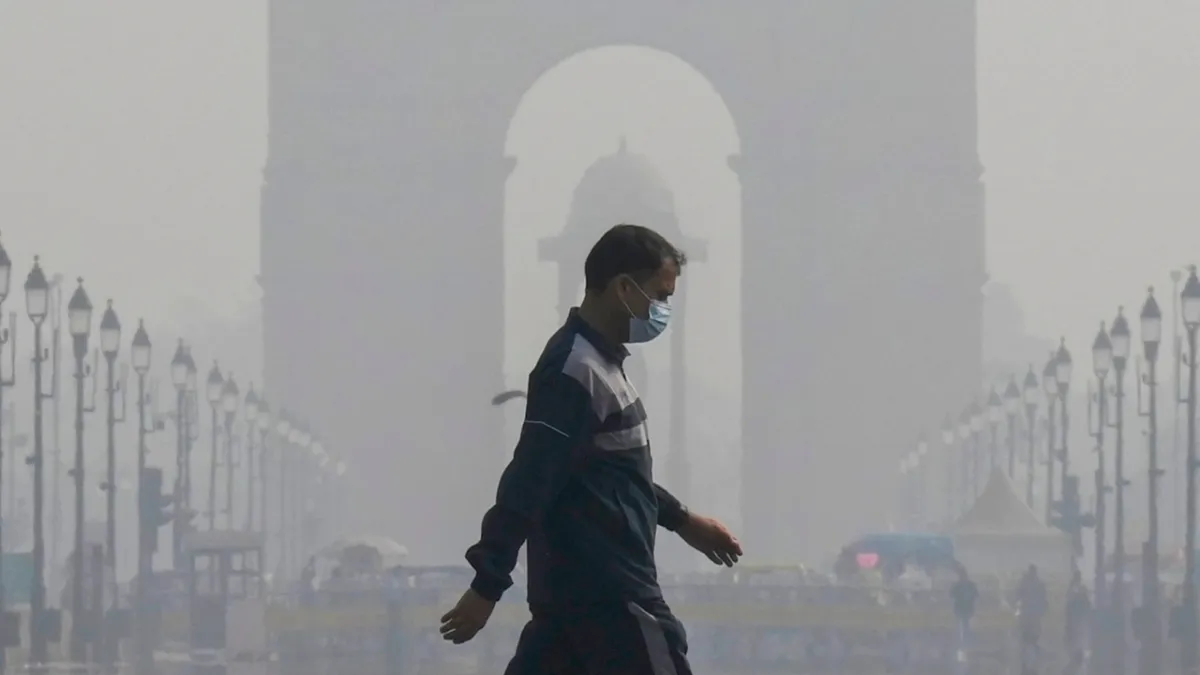Despite Supreme Court’s orders that directed to burst green crackers on Diwali that are less-polluting, it is clearly evident that the rule has been broken as Delhi woke up on Tuesday to air quality very toxic. As per government data, the Air Quality Index (AQI) in Delhi was 360. This AQI is considered as ‘very poor’. Besides, the AQI measures the level of PM 2.5, which can clog lungs and lead to many diseases. On Monday, people were seen bursting loud and polluting crackers in the city and its suburbs, defying the court’s strict orders, which were passed for people’s good as Delhi already has high pollution levels because of vehicular emissions and dust.
Why is the pollution level very high?
AQI levels 101 and 200 are in the category of moderate, 201–300 in the category of ‘poor’, and between 301 and 400 is ‘very poor’; a figure higher than 400 is considered “severe”. As per World Health Organization’s guidelines, a person should avoid exposure to PM 2.5 within a 24-hour period, limited to 15 micrograms per cubic metre.
Delhi faces severe pollution issues during winter when farmers burn crop stubble. Because of the low wind, air traps pollutants from firecrackers, making air very harmful and unbreathable. Since 2020, firecrackers that cause pollution have been banned; however, every year, they are sold and even this year it has happened the same way.
Central Pollution Control Board (CPCB) data showed that out of 38 monitoring stations, 35 were in the ‘red zone’, a clear indication of ‘very poor’ to severe. Places that suffered the most were Jahangirpuri (409), Wazirpur (408), Bawana (432) and Burari (405).
What was the Supreme Court’s order?
SC in the order last week removed the blanket ban and allowed people to burst green crackers (that cause 20–30 per cent fewer pollutants), although this order wasn’t taken well by critics, who said that even less toxic yet green crackers emit toxic substances into the air.
The permission by SC had come with a condition attached that only NCR manufacturers were permitted and there was a restriction on time; two time slots 6–7 p.m. and 8–10 p.m. While pronouncing the order, the top court said that this act was a balanced approach that ensures the environment isn’t affected and the festival is celebrated with enthusiasm at the same time.
Who is blamed by the Delhi Environment Minister?
On Tuesday morning, when the Delhi environment minister Ashish Sood was asked about the condition in Delhi post Diwali, he blamed Delhi people and neighbouring states, “The AQI in Anand Vihar at around 5 a.m. was 943 and 390 in Shahdara. Only firecrackers are not responsible for pollution in Delhi. However, I believe people should have followed the Supreme Court’s order to burst crackers before 10 p.m.,” Sood said. He also noted that Delhi has no weather of its own; many factors determine the weather and pollution levels here. “Adjacent states also have a role to play,” he noted.


